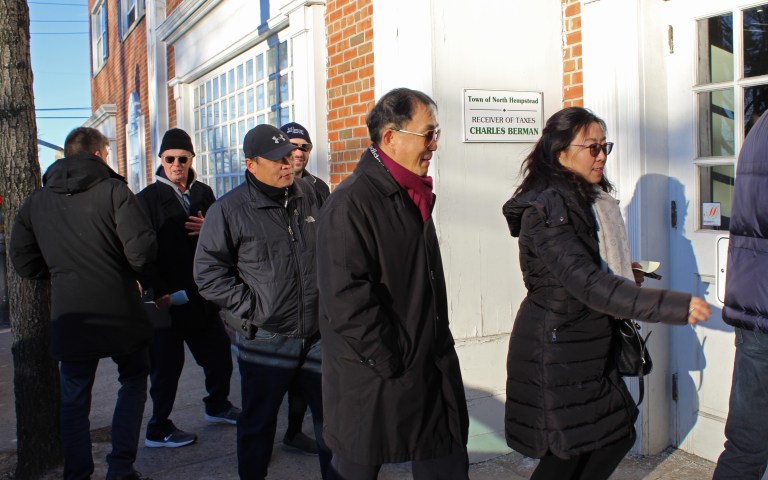
In December, the federal government passed a new tax law that limited deductions on local property taxes. The move spurred a rush of residents trying to pre-pay their taxes and an examination of the state’s high property taxes.
The Long Island Regional Planning Council, however, had already been studying property taxes for almost a year.
“We started back in February 2017, as a follow-up to a study we had done in 2010,” said Richard Guardino, the executive director of the council. “We were originally going to release our study in December, but we wanted to see what the state’s reaction to the tax bill would be.”
Last month, the LIRPC released the results of its study, which suggested some alternate revenue streams for the state government, listing everything from increased income taxes to legalizing (and then taxing) marijuana.
“We wanted to look at alternatives to increasing property taxes,” Guardino said. “The tax cap has helped, but property taxes are still high compared to the rest of the country.”
The study said that property taxes in Nassau and Suffolk counties were among the highest in the nation and that these high prices hurt both businesses and homeowners.
The study was conducted by Publick Financial Management Group and the National Center for Suburban Studies at Hofstra University. While the study calls for local governments to cut costs, the focus is on finding new revenue sources.
“We make it clear that government officials have to focus on saving as much money as possible,” Guardino said. “But we were focused on the revenue side of things.”
The study’s first suggestion — and the one Guardino believed had the best chance of being implemented — was the collection of a sales tax on third-party vendors who sell goods online. Under current law, these vendors who are located out of state are not required to pay this sales tax, which several local officials have argued gives them an unfair advantage over brick-and-mortar stores.
In March, Nassau County Executive Laura Curran encouraged the state Senate to pass the Internet Fairness and Conformity Act, which would enforce a sales tax on these vendors. The study estimated that this tax could bring in an additional $92 million to Long Island.
The least likely suggestion to be adopted was an income tax, Guardino said. The study reported that a local income tax of 1 percent of gross earnings would generate $1.4 billion for Long Island.
“That would be, politically, the most difficult one to get done,” he said.
He also said that taxing recreational and medical marijuana would bring in $75 million.
Other suggestions included increasing the sales and use tax rate, lifting the $0.08 per gallon cap on the state’s gas tax, and taxing sugared beverages and e-cigarettes. These changes were expected to generate $336 million.
While most of the changes are in the hands of the state government, the study was praised by Curran and Suffolk County Executive Steve Bellone.
“I was pleased to meet with the representatives from LIRPC and hear innovative strategies to address the property tax burden, and I look forward to continuing our dialogue,” Curran said in a statement.






